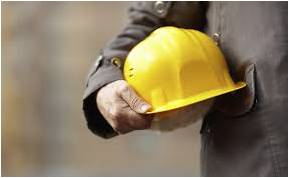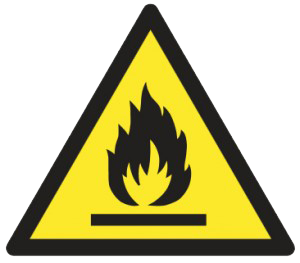Fire & Safety Management at FS
FS ensures fire safety strategy for a building is made up of three essential elements:
- Passive fire safety measures
- Active fire safety measures
- Management fire safety measures
- For a building to function safely each of these elements must be adequately provided.
Passive Fire Safety Measures:
FS Passive Fire safety measures are features which are built into the structure of the building and are physical features of the building. These features include the provision of escape routes and exits, the provision of fire resistance to the building structure and the provision of access to and around the building.
Active Fire Precaution Measures:
FS Active Fire Precaution measures are systems which activate or are required to be activated in the event of an outbreak of fire. Active Fire Precaution measures would include fire detection and alarm systems, emergency lighting and fire fighting equipment. Fire safety management within a building must include a full appraisal of the active and passive fire safety measures within the building. All deficiencies in the fire safety measures should be noted and a programme of remedial works to upgrade the building to an acceptable standard should be put in place.
Management Fire Safety Measures:
Management Fire safety measures relate to the day to day management of fire safety in a building. There is a legal responsibility on persons having control over premises to take reasonable measures to prevent the occurrence of a fire and to protect the lives and safety of occupants in the event of fire. The active and passive fire safety measures outlined above could be completely negated unless the building occupants are aware of the significance of the measures, of their role with regard to prevention of fire and of the appropriate action to take in the event of fire. A fire safety programme must be established in a building in order to correctly manage fire safety and meet legal obligations.
Fire Safety Program:
The main elements of a FS Fire Safety Programme are:
- Emergency procedures/evacuation drills, Regular fire safety inspections, Maintenance and servicing of fire equipment; Staff training, Information to occupants, Keeping of records.
- Emergency Planning.



